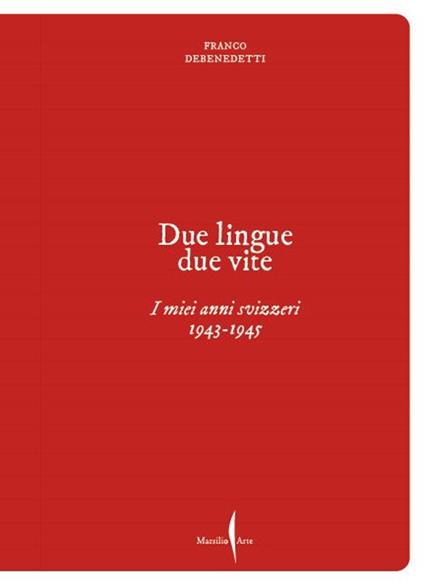A few years ago I was at a conference discussing the woes of the single European currency, when a central bank official reached into his pocket and flung a euro note on the table. “That’s what’s wrong with Europe,” he declared, pointing to the crumpled piece of paper. “It’s just windows and bridges!”
Waving the note, he went on to explain that when bureaucrats created the modern European monetary system, they did not want to spark a bitter, nationalist dispute about which faces to put on the notes. So they ducked the issue and decided to put architectural symbols, such as famous bridges, on the notes instead of famous people — façades instead of faces.
To the casual observer, this might not seem to matter — not when compared with Europe’s other woes, such as the migrant crisis or its lingering economic problems. After all, most people never notice what’s on their banknotes, except when a political spat breaks out (as it has recently in the US over the lack of women on dollar bills).
But if you want to understand why it is so hard to sell the dream of a united Europe to its citizens — or why globalisation evokes such mixed feelings among voters — it is worth thinking for a moment about faces. Or the lack of them.
In most currencies, banknotes are dominated by images of heroes or leaders. That is no surprise. Social groups of all sorts tend to be bound together by creation myths — stories that centre around people. From birth, humans are hardwired to warm to faces and we find it easier to remember narratives when these are personified, be that in biblical tales, Hollywood films or political campaigns.
But Europe today faces a problem: it lacks a clear creation myth with unifying heroes. To be sure, there have been historical figures who have glued the continent together. At one extreme, there is Charlemagne, the medieval ruler who united much of Europe; at the other, Jean Monnet, a 20th-century French bureaucrat who is considered one of the European Union’s founding fathers. These days Mario Draghi, head of the European Central Bank, is providing another unifying force (of sorts). But these are not faces that command popular respect across the continent — or not compared with the heroes of individual nations.
…
The dream of globalisation has the same problem. This year, Yale professor Jeffrey Garten published From Silk to Silicon, a book telling the tale of globalisation through the lives of 10 people who helped to break down barriers across the world. This is a fascinating endeavour, not least because it should challenge us all to think about who we would choose as the “top 10 globalisers”. Garten’s picks — which include the Mongol emperor Genghis Khan, Robert Clive (also known as Clive of India), Cyrus Field, whose company laid the first transatlantic telegraph cable, British prime minister Margaret Thatcher and Andy Grove, a technology pioneer and former Intel chief executive — achieved remarkable things. Jean Monnet is also on his list.
But as I read through this roll call, it strikes me that few of them are ever cited in defence of globalisation. We take our interconnected world for granted. Instead, the debate tends to be dominated by the likes of Donald Trump or Nigel Farage, who epitomise anti-globalisation rhetoric. Globalisation’s heroes are harder to picture.
Maybe it’s just a matter of time. If the single currency lasts another 20 years, perhaps Draghi will be on the banknotes. By the middle of the 21st century, the faces of Mark Zuckerberg, Bill Gates or Jack Ma might become symbols for cyber unity too. But for now what is becoming clear is that you cannot fight nationalism solely with economic figures — you need faces too. So if anybody has any suggestions, perhaps they should send them to those (faceless) European bureaucrats who design the banknotes — assuming that the euro stays.
Tweet







maggio 6, 2016